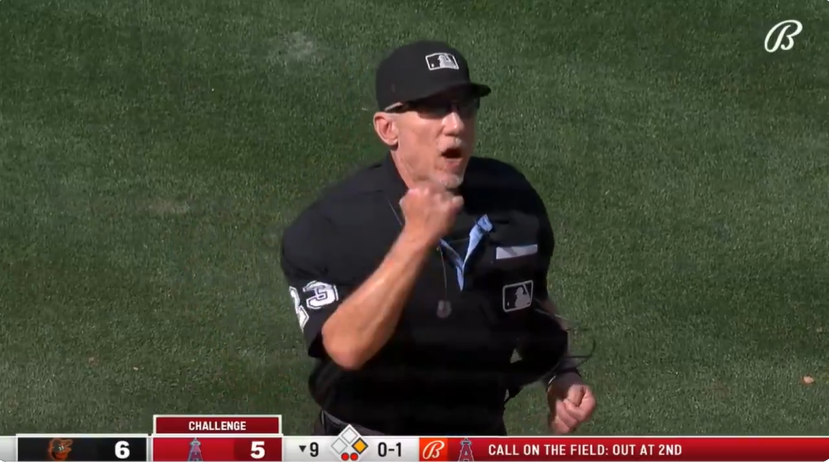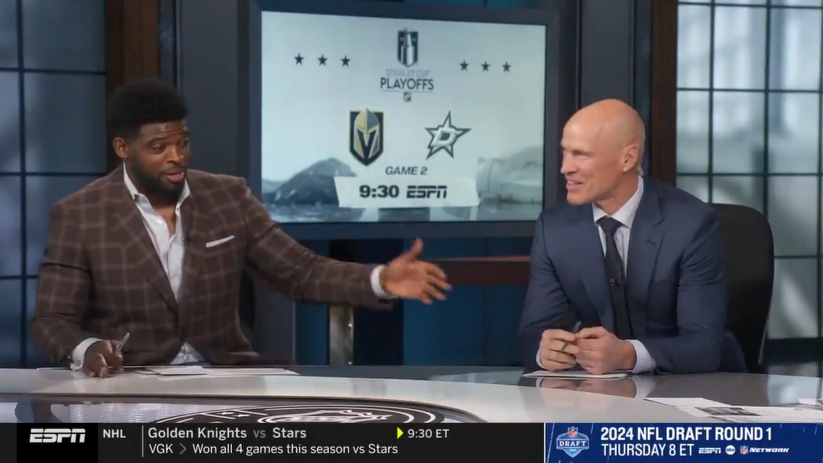An interesting note on that front has been with Sinclair’s much-discussed attempts to provide over-the-top streaming options for some local teams, despite them currently only having those rights for four teams. That’s led to some discussion of MLB trying to do this themselves in those or other markets. Marinak said from MLB’s side, they haven’t ruled anything out, but they want whatever’s decided on to be a long-term solution rather than a short-term attempted fix.
“What I would say on that topic broadly is we’re open to anything, and I think the commissioner has said that. We’re not closing the door on any opportunity or any option, whether it’s using our resources, partnering together, working on different rules and regulations to accommodate new ideas. We’re open to any discussion.”
“I think the key for us is if we’re going to make accommodations or do things differently, we really want to make sure it solves the problem or creates a solution and creates access for the audience, such that their needs are fulfilled and they get what they’re looking for. So that’s really what we’re working on right now, and we’re making sure as we work with different RSNs, we work with different clubs, that the solutions we identify are holistic solutions that address the issues, and really tackle reach and get our product in front of more people and make it more accessible.”
He said MLB acknowledges that the current streaming and blackout setup isn’t workable for many, and they want to make sure whatever they do to address that is a long-term approach.
“That’s really the goal, and the objective, and the focus. It’s hard to kind of say to the common fan ‘This is a complicated issue and there are a lot of factors to consider,’ but unfortunately, that’s the reality. We are working on it, but it entails work with a lot of different parties on a lot of components of it. And sure, we could easily come up with some solution that doesn’t solve the problem, and then we’re back in the same place six months from now. That’s not what we’re looking to do. ”
As for what to expect from MLB.tv and MLB streaming in the short term, Marinak said one key focus is that the interface will become more and more tailored to individual viewers.
“If I could pick one word or theme, it’s that we’re headed down a road of more personalization. Better understanding of our fan, and more customized content for you. When you log on on your connected device, your phone, your iPad, you have persistence across devices, and we know who your favorite teams are and what your consumption patterns are, and we surface content to you that’s relevant and interesting for you.”
“We’ve been doing a lot of this already, and we’re seeing huge growth in engagement. And it makes sense; if you open the app and see something that’s relevant to your favorite team or that’s interesting for you, you’re more likely to watch it or pop it open, versus if you see something from a team you’re not interested in or something totally unrelated, you may go and do something else. We’re really focused on creating a two-way dialogue with our fans, having a good understanding of what’s interesting for them, and then surfacing that content in a way that’s easy for them to consume.”
Marinak said this is a small change at first, but it may eventually dramatically alter how they present their content.
“More broadly, what that looks like is, for now, it’s just the same sort of interface with more content that’s interesting for you, but in the longer run, you can think about how this kind of flips the viewing experience on its head. Right now, you have the program guide, you have a channel listing, you have different tiles that you might be interested in watching. You can imagine a world where we flip the consumption experience on its head, much like the way Google did with search; they took these very elaborate portals and complicated websites and turned it into literally one box, ‘What are you looking for? We’re going to show it to you.'”
“And I think that analogy works really well with baseball consumption; you open the app and hit play, period. We know who your favorite teams are, we know who your favorite players are, we know what situations are interesting for you, and we take you through baseball. You don’t sit there through a pitching change in a game where the score’s not very close, you don’t just sit there and wait, we take you to another game that you’re interested in. We take you to a one-run game in the bottom of the ninth with the bases loaded. We take you to a game where the pitcher’s got a no-hitter going. We take you to a game where there’s something compelling that you’d be interested in experiencing.”
“And we do the work for you. And I think that’s what’s important. The viewing experience gets kind of flipped on its head to a model where it’s much easier for the fan to consume content. And it’s relevant for them, and interesting for them. And ultimately, it creates a more engaged fan, and it creates a better product on our end. So that’s the type of thing we’re working on.”
[MLB.tv]







